Portrait of Karnali: The last free-flowing river of Nepal
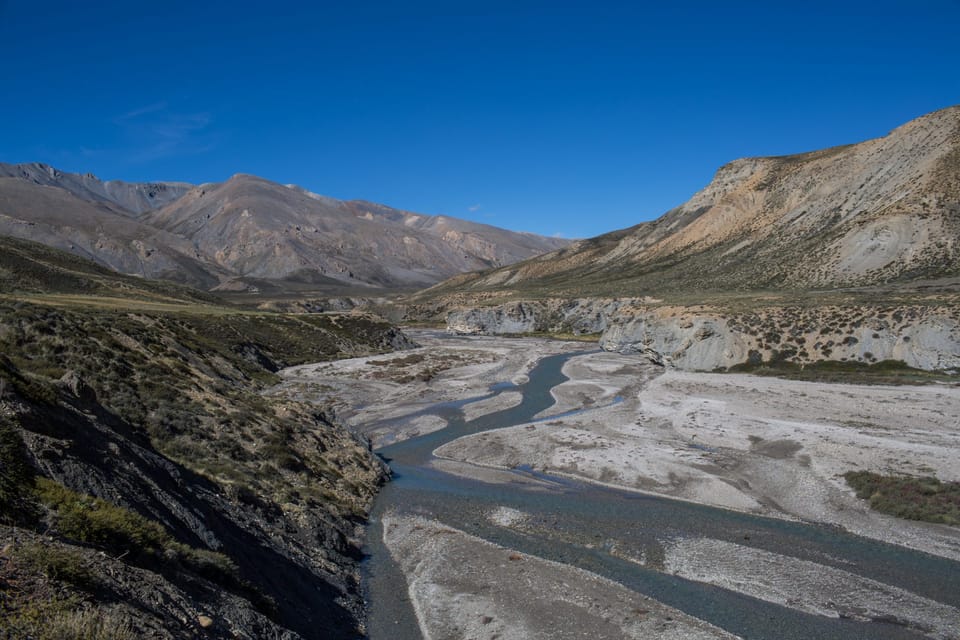
Photographer Nabin Baral travelled along the Karnali river in Nepal for 44 days to tell a story of an ancient and beautiful river under pressure. Nabin has seen the number of hydropower dams increase enormously on rivers throughout Nepal and wanted to document the last free flowing river before it is too late.
Gandaki, Koshi, and Karnali are the three major river systems in Nepal which flow from the Himalayas. The Karnali is the only river that remains free flowing, as all other rivers including most of their tributaries, have been dammed for hydropower generation. Currently, 43 hydropower dams producing over 1MW are already in operation, and another 83 dams are under construction. In total, there are over 350 hydropower dams which are slated for development throughout the area.
In this portfolio, I have taken the Karnali River in Nepal as a living entity and travelled along the river for 44 days to capture it before it is dammed. Karnali is an antecedent river and is older than the Himalayas. This means that its water has been cutting its path for millions of years while the Himalayas rose from the ground.
The Mapcha Khambab river of Tibet becomes Karnali in Nepal and Ghaghara in India. The trans boundary Himalayan river travels 1,100 kilometres from its source in the Tibetan Plateau in China, through the mountains of Nepal, to the confluence in the Indo-Gangetic plain in India. In Nepal, Karnali travels 507 kilometres, making it Nepal’s longest river.
Due to the Karnali's trans boundary nature, the river is a lifeline for the millions of people living upstream in the Tibetan Plateau, the mountains of Nepal, and downstream in the Indo-Gangetic plain.
Rivers are like veins of our body; without them we do not exist. A free flowing river provides food for hundreds of millions of people, delivers sediments crucial to agriculture, mitigates the impacts of floods and droughts, and supports a wealth of biodiversity and migrating aquatic life.
The Sacred Karnali Corridor has some of the most rare and beautiful gifts of nature such as the Snow leopard, the Royal Bangel Tiger, the One Horned Rhino, the Golden Mahseer Fish, the Ganges River Dolphin, and the Longfin Freshwater Eel. The free flowing Karnali is living heritage of the earth; it should be protected and used in a sustainable way.
Although the Karnali is still flowing freely in the Nepal section, two dams in Tibet and one barrage in India disturbs its flow in the northern and southern part. The prophetic Cree proverb warns of the disaster that humanity faces if we do not drastically change our treatment of rivers like the Karnali. "Only when the last tree has died, and the last river been poisoned, and the last fish been caught will we realize we cannot eat money."
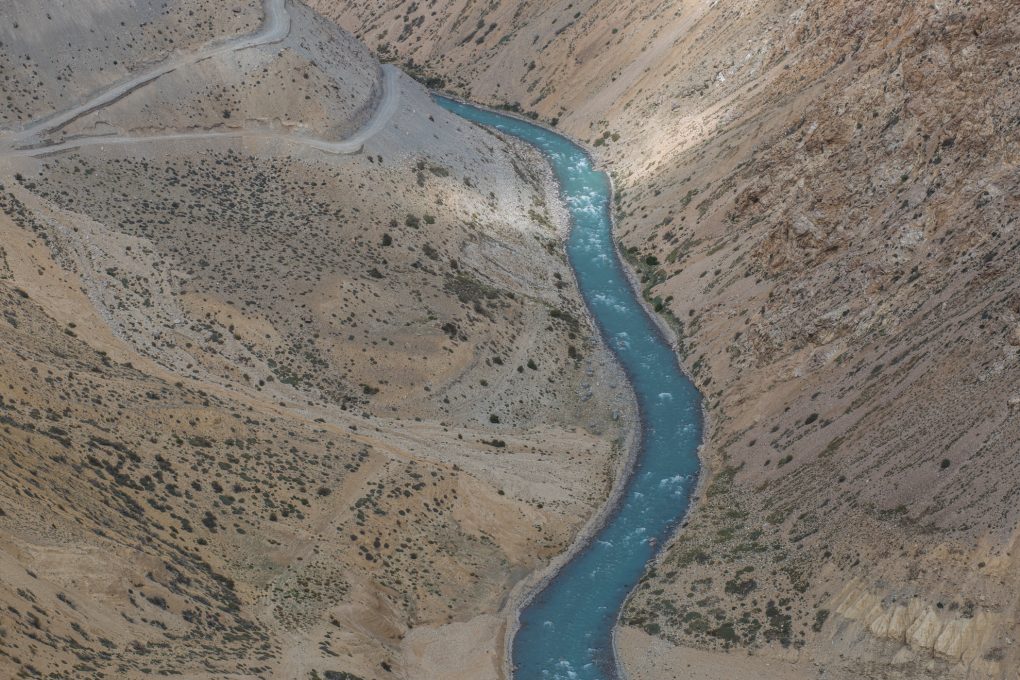
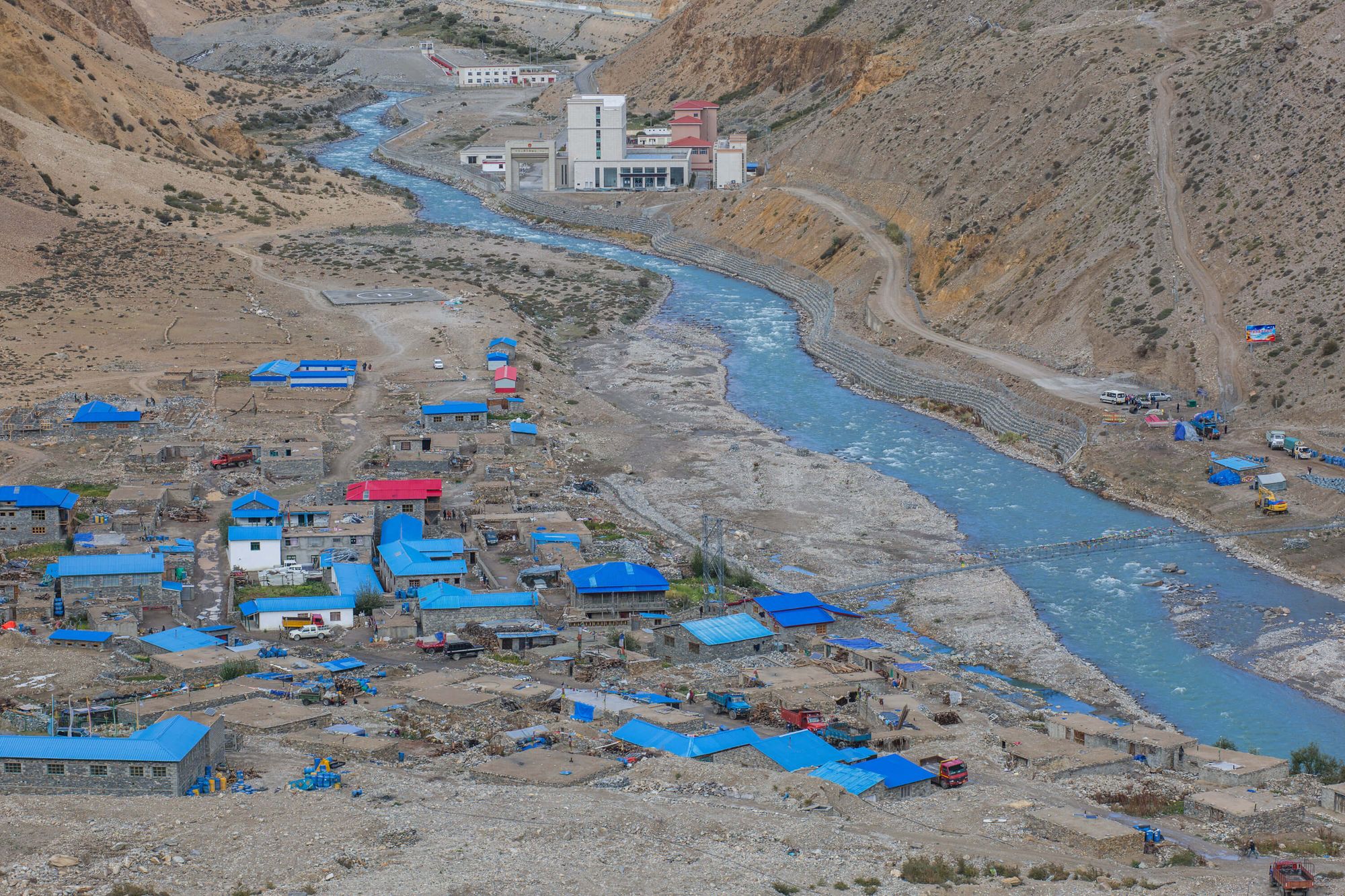
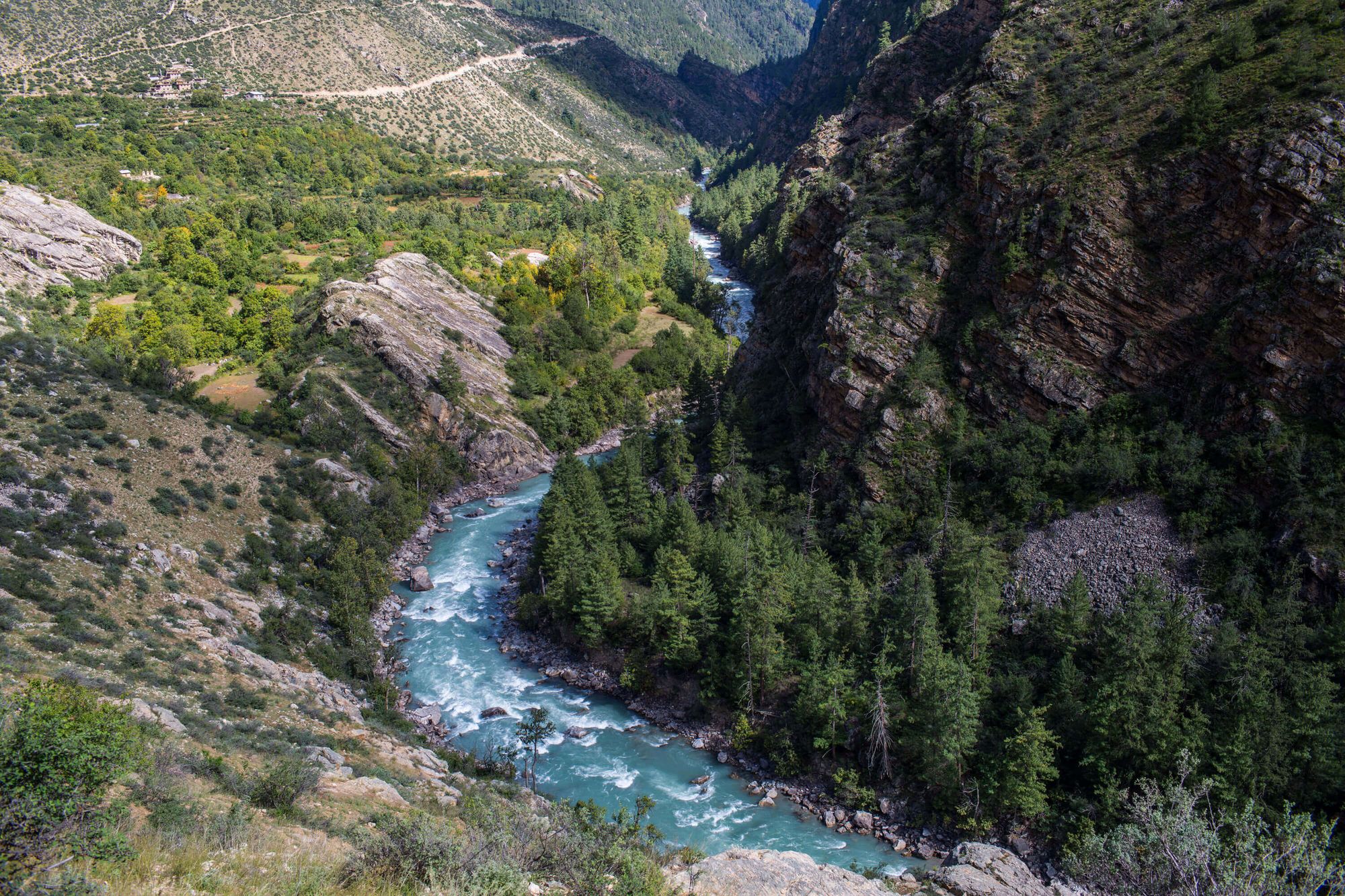
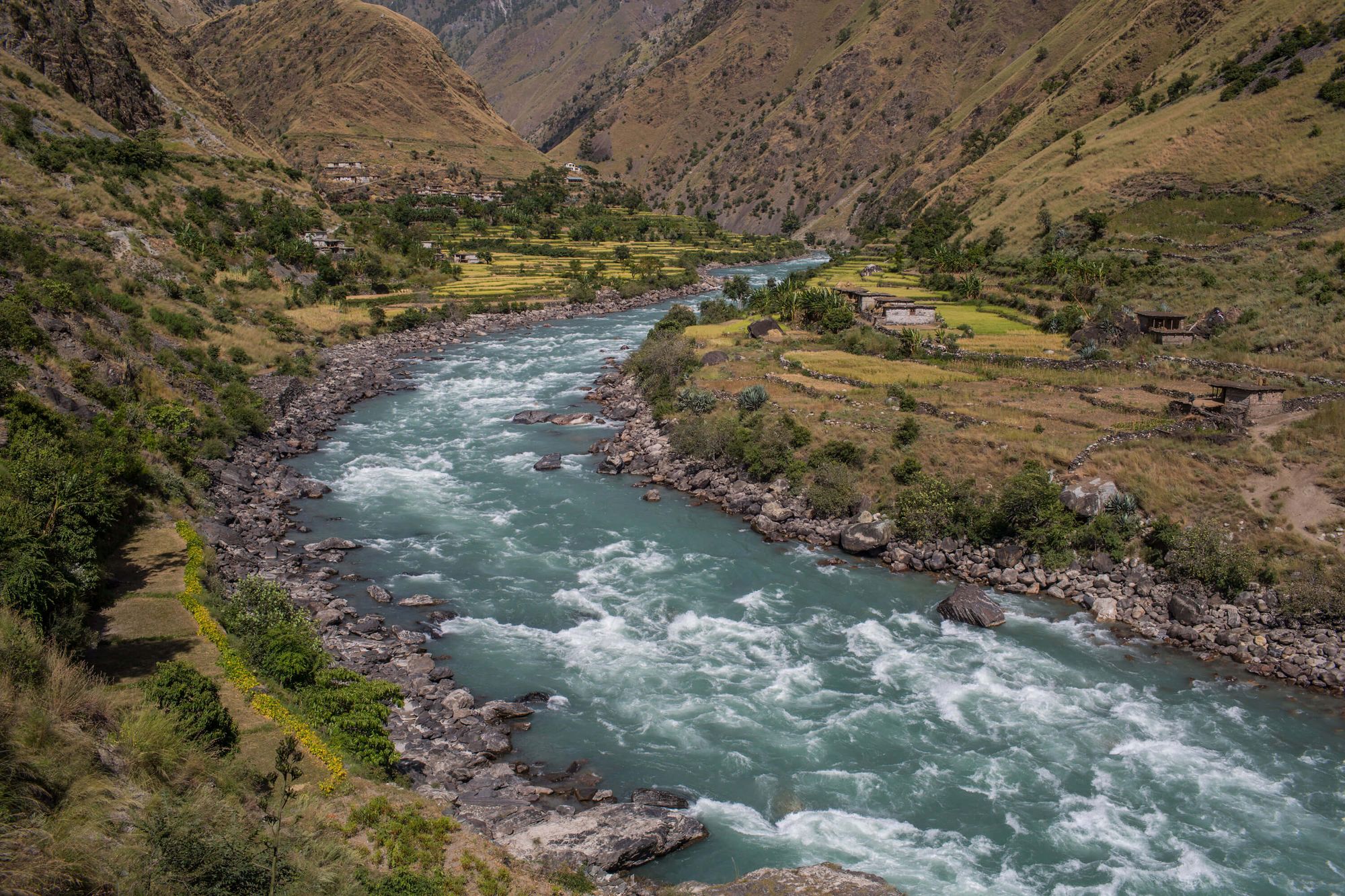
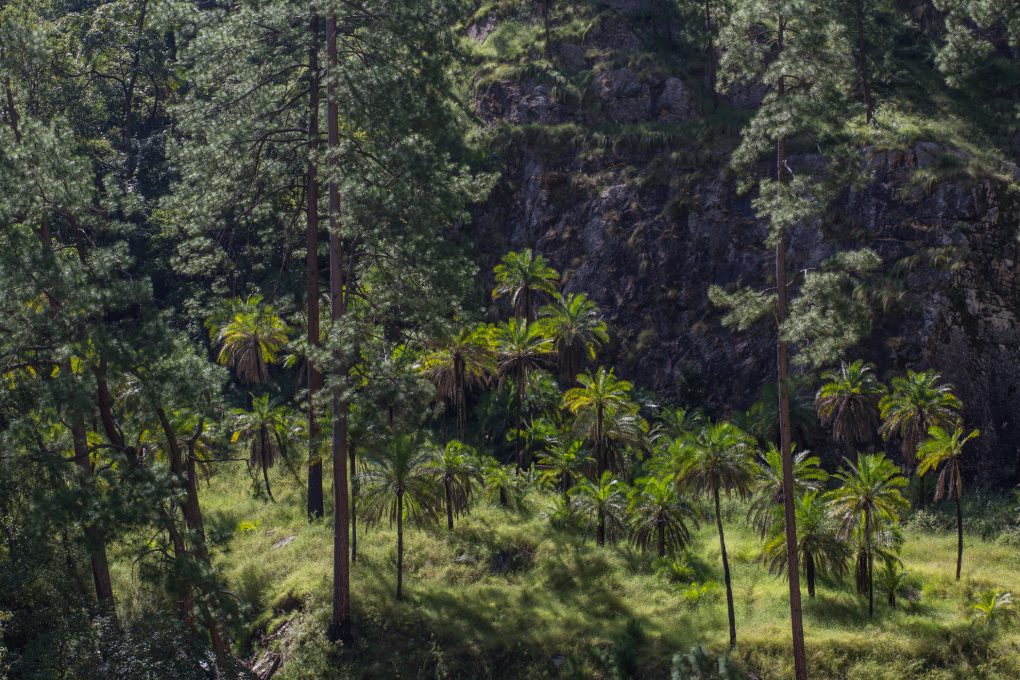
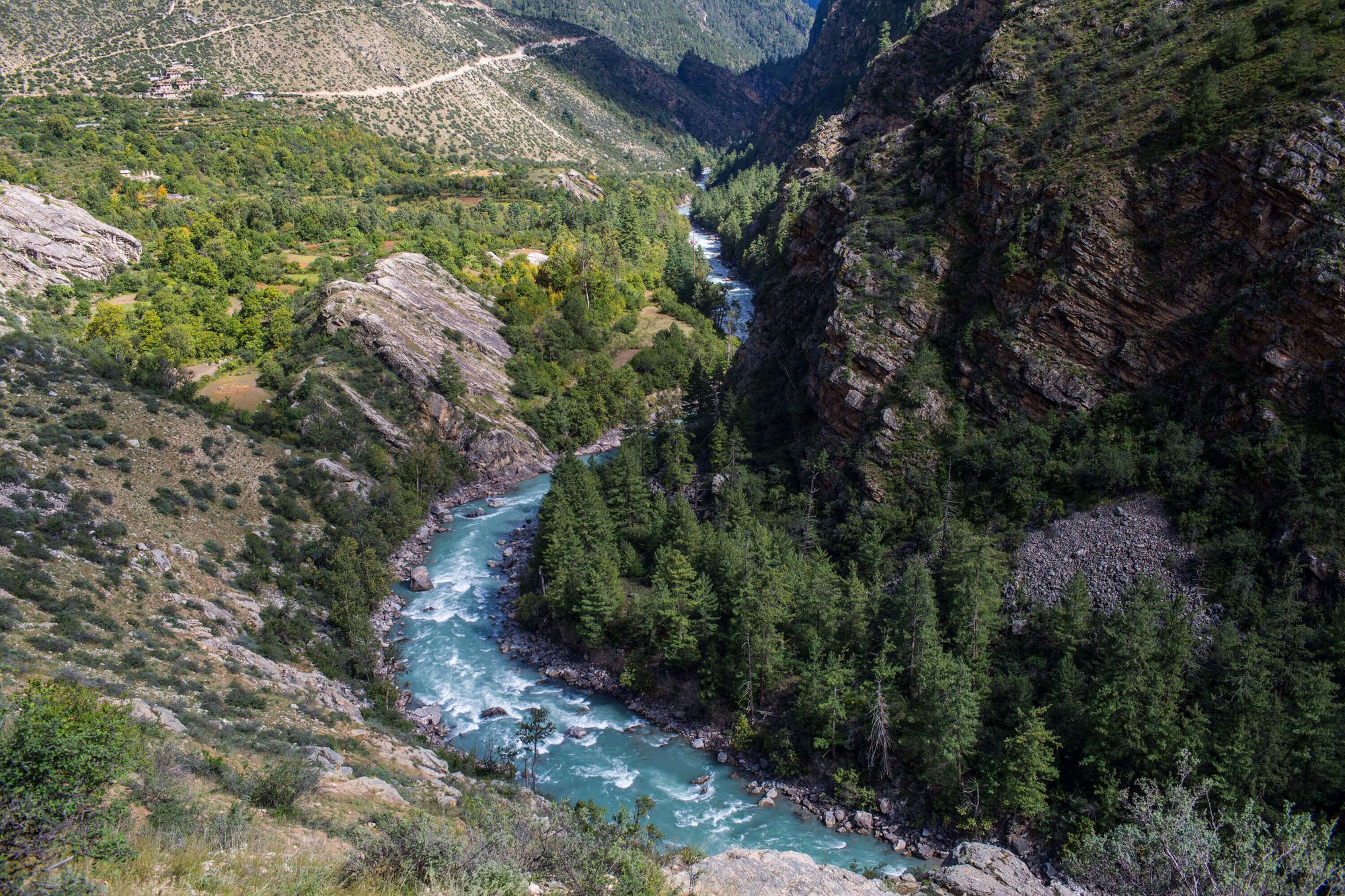
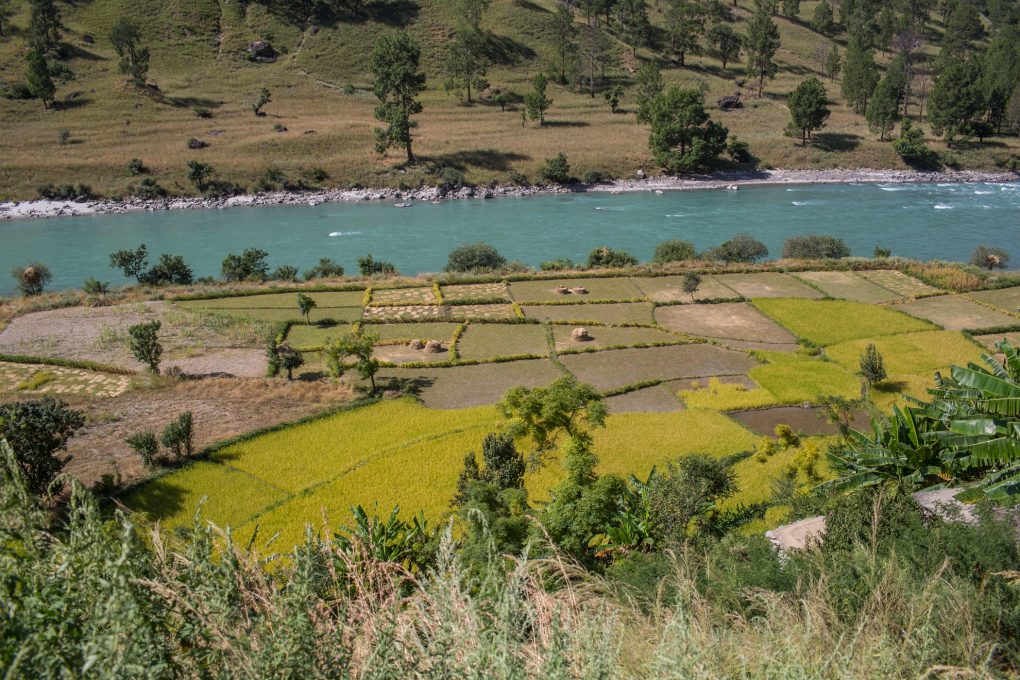
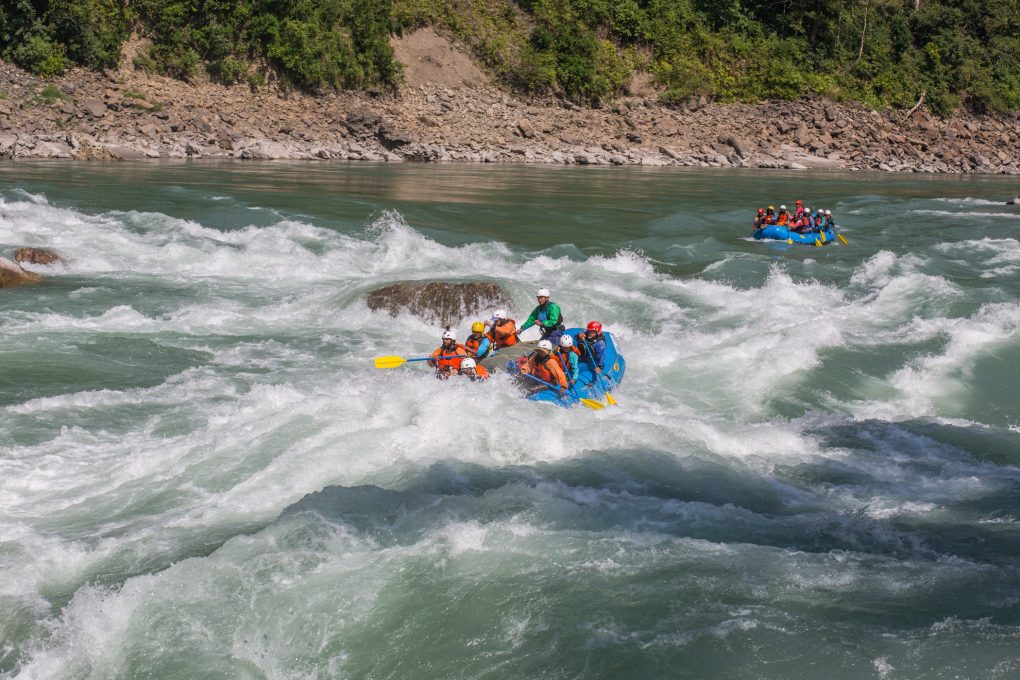
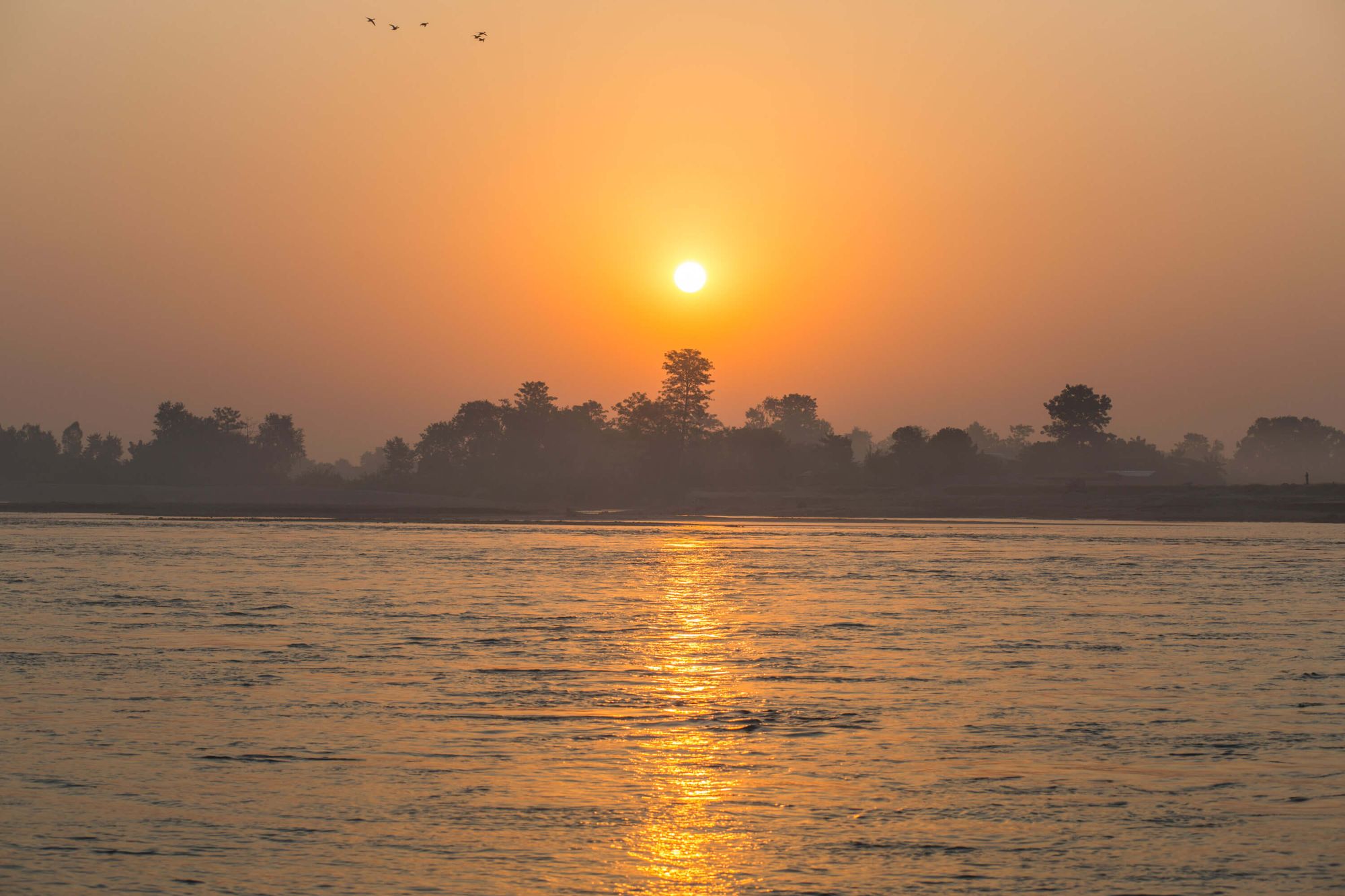

This story was first published on The Third Pole





Member discussion